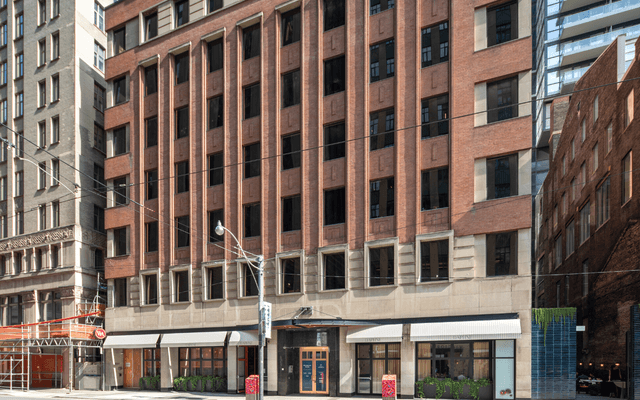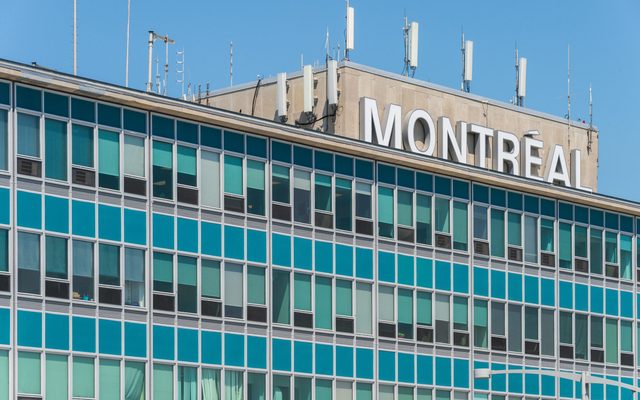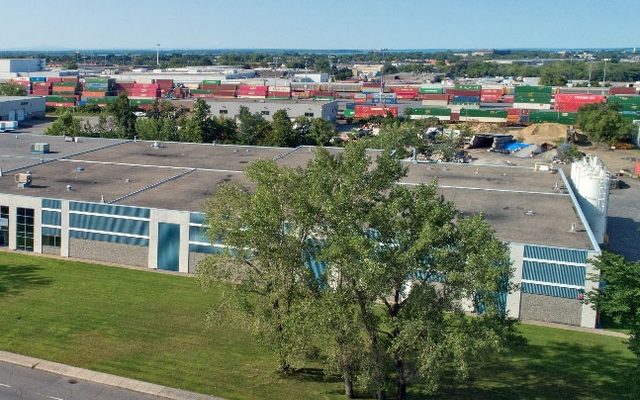- What The industrial vacancy rate in the GTA rose to 2.3% at midyear, the highest it has been since 2015, according to Newmark
- Why High amounts of new supply contributed to upward pressure on vacancy and availability rates
- What next Overall market conditions remain healthy relative to historic metrics
The industrial vacancy rate in the Greater Toronto Area jumped to a nine-year high as of midyear after a record amount of space was added in 2023 and tenants continue to right-size requirements, Newmark said in a new report.
The region’s industrial vacancy rate was 2.3% — a notable increase from 2017 to 2023, when the vacancy rate remained under 2%. The region’s total inventory is 937 million sq ft. Year-to-date, net absorption was roughly negative 449,000 sq ft.
The amount of space available for sublease is also rising in the GTA, Newmark said. In Q2, 5.56 million sq ft was available, the most since mid-2016, though that represents just 0.6% of inventory.
Despite those trends, however, the brokerage said that overall market conditions remain healthy relative to historic metrics.
“As overall vacancy and sublease availability increase and rental rates decline in the GTA’s industrial market, new opportunities emerge for those positioned to make a change,” the report’s author, Andrew Petrozzi, told Green Street News.
“While market dynamics differ across all GTA submarkets, there is a regional trend towards a more normalized market post-Covid, following years of record low vacancy and rapidly appreciating rents.”
Overall industrial rents declined in all Toronto submarkets over the past year. Asking rents started moderating after a glut of new space came to market last year. Whereas from mid-2021 to mid-2023, asking rents increased 47%, in the 15 months since mid-2023, asking rents in the GTA have decreased 6.5%.
In 2023, over 20 million sq ft of new supply was added across the GTA, while absorption was only 7.1 million sq ft. So far this year, 3.3 million sq ft has been delivered, and 13.2 million sq ft of industrial space is under construction.
The Halton region — comprising Oakville, Burlington, Halton Hills and Milton — had the GTA’s highest industrial vacancy rate at 4.9%. That marks a significant increase from Q2 2023, when the area’s vacancy rate was only 1.4%.
The glut of space in the Halton region contributed to rent prices falling by almost 8% over the past year, making it the second-least expensive submarket for industrial space in the GTA. Consequently, Halton recorded positive net absorption in the first half of 2024 of 189,000 sq ft — one of only two Toronto submarkets to report positive net absorption. The other was York region, which absorbed just over 1 million sq ft on a net basis so far this year.




